





Primary Authors

























Accelerate the transition from fossil fuels to renewable energy Make investments in renewable energy and energy efficiency projects Upgrade the electric grid and energy infrastructure to connect to renewable energy sources.
Pass legislation to extend the Alaska Renewable Energy Fund beyond its 2023 sunset, and fund it with $3 billion from state surpluses resulting from the war in Ukraine and the associated oil price spike. Fund energy efficiency improvements. Stop building new fossil fuel infrastructure and stop issuing new oil and gas leases. Achieve large reductions in Alaska’s greenhouse gas (GHG) emissions
Electrify state vehicles, ferries, port infrastructure
Expand electric charging infrastructure
Mitigate climate impacts
Establish Alaska Climate Adaptation Response Fund.
Affordable, clean, renewable, community-owned energy systems empower Alaskan economies. Accelerating the transition to renewable energy is one of the best ways to realize economic opportunities and job growth. Alaska is resource-rich in mostly asyet undeveloped renewable energy resources (wind, solar, geothermal, tidal, and salmon-friendly hydro). The scale of Alaska’s vast undeveloped renewable energy resource endowment remains more than 14 times the total U S energy consumption

By pursuing a clean energy future, Alaska can:
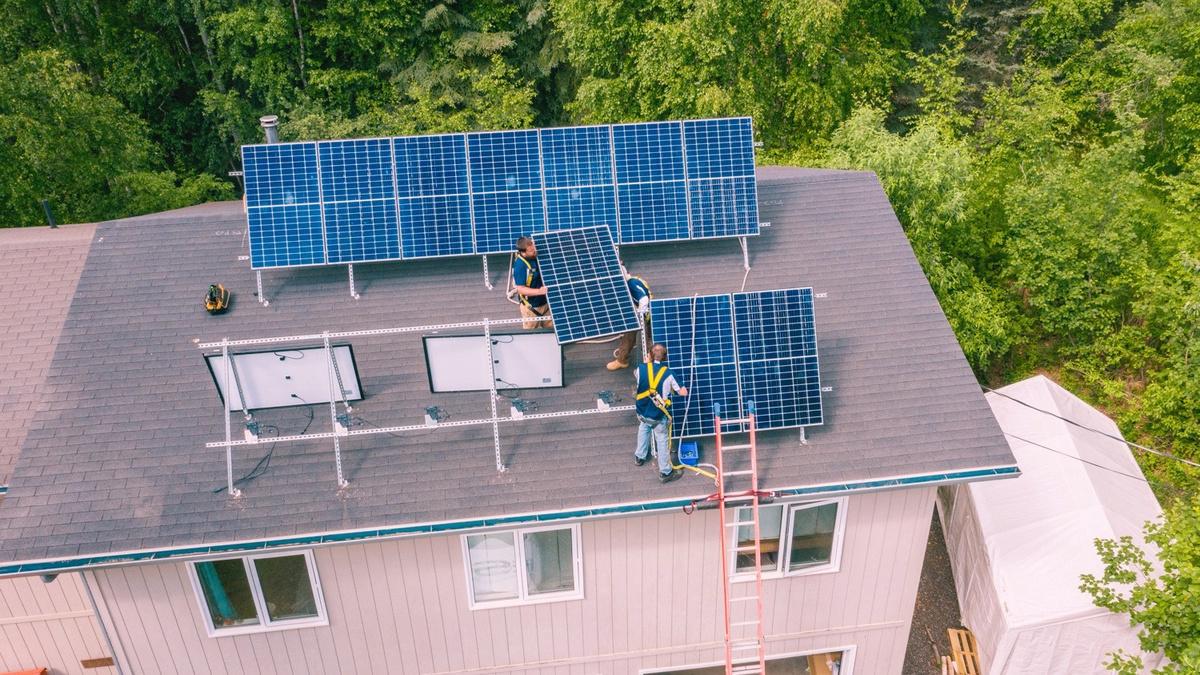
Accelerating Alaska’s transition to renewable energy will create thousands of new, good-paying jobs One study estimates a net positive of more than 67,000 new jobs by converting to 100% renewables by 2050 far more than the jobs lost in oil and gas (see Alaska’s Renewable Energy Future: New Jobs, Affordable Energy).
Renewable energy technology costs (esp wind, solar) have dropped dramatically, and renewable sources are now cheaper than fossil fuels.
Alaska’s historically high and volatile fossil fuel-based energy costs have been moderated by the successful development of renewable energy resources across the state, including:
Hydropower: Bradley Lake & Battle Creek Diversion, Solomon Gulch, Terror Lake, Swan Lake, Tyee Lake, and other recent projects in both the Southeast and Southwest.
Wind: Fire Island, Eva Creek, Kotzebue, Kodiak & AVEC.
Battery Energy Storage Systems: Golden Valley Electric Association and Homer Electric Association
Solar: GVEA Solar PV, MEA Solar PV by Independent Power Producers; with discussions underway for a 20MW solar PV project in HEA territory
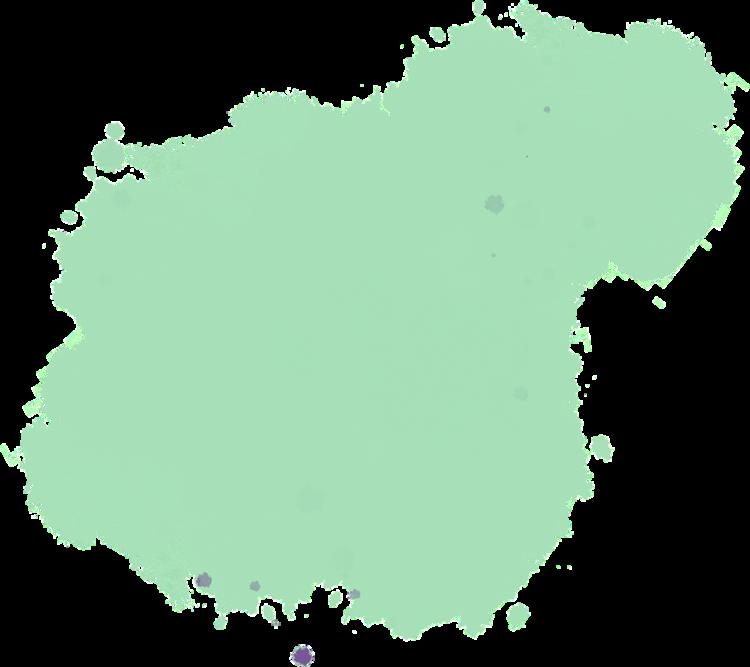
Village Scale Solar: PV projects in remote rural communities, e g , Eagle, Hughes, and Kaltag
Biomass: Juneau, Tok, Coffman Cove, Craig, Gulkana, Elim, Thorne Bay, Haines, and Tanana.
Geothermal: Chena Hot Springs. Hydrokinetic: Igiuigig’s RivGen system.
Reducing greenhouse gas (GHG) emissions from fossil fuels improves air quality and lowers air pollution Every year, 10 million people die premature deaths from air pollution
Electric vehicles reduce air pollution from fossil fuels.
Renewable energy reduces illness from air pollution, which decreases healthcare costs.
A clean energy economy is consistent with Indigenous values. Rather than extracting from the land and exporting profits, a regenerative economy harmonizes production and consumption and encourages sharing of resources within communities.

Accelerating development of Alaska’s vast renewable energy potential would give communities the authority and support to decide where their energy sources come from and how they are allocated
Climate change is a national security threat that will exacerbate geopolitical tensions, create social instability, and increase the need for humanitarian aid. Transitioning to renewable energy is the best way to achieve true energy independence and security.
The U.S. Department of Defense is preparing for the fallout from more intense weather and increased international instability
By phasing out reliance on fossil fuel revenues to fund the state government, Alaska can dramatically reduce its vulnerability to highly volatile oil prices This is already underway as oil production continues to decline and oil taxes and royalties are no longer the largest source of state revenue, providing 25% of general fund revenues in FY21. Over-dependence on oil leaves us at the mercy of profit-maximizing, price-gouging corporations and authoritarian dictators.
To keep the planet habitable, effective action must begin immediately everywhere if we are to limit global temperature rise to well below 2 degrees C above pre-industrial levels Use and production of fossil fuels must be phased down rapidly to significantly reduce greenhouse gas emissions
Several studies are now showing that the Arctic is heating up faster than previous research suggested now studies show that the Arctic is warming around four times as fast as the rest of the globe. Previous reports stated that the Arctic is warming at two to three times the global average.
Acidification and warming of the oceans cause declines and stress to fish and marine mammals, threatening food security of subsistence users, as well as commercial and sport fisheries, and the burgeoning mariculture industry.
Coastal communities are being displaced due to shoreline erosion. More than 30 Alaska Native villages are in need of, or in the process of, relocating their entire village. The estimated cost to relocate a single climate-vulnerable village ranges from $80 to $200 million per village.
Infrastructure failures are accelerating around the state due to thawing permafrost; 166 interior and western communities are subject to permafrost thawing Multiple billions will be needed to restore collapsing roads, buildings and infrastructure
77 of 79 priority U S military sites are at risk of climate-fueled natural disasters (including flooding, drought, wildfires, and thawing permafrost, causing infrastructure damage). In Alaska, three military sites are already impacted: Fort Greely Army Installation (thawing permafrost), Clear Air Force Base (recurrent flooding), and Joint Base Elmendorf Richardson (recurrent flooding, wildfires)
In preparation for the Infrastructure and Investment Jobs Act funds, Alaskans must prioritize education, advocacy, and preparing to build the future of accessibility. Alaska Federation of Natives created a program to notify, educate, and assist tribes with federal funding. Through its new broadband office in the Department of Commerce, Community and Economic Development, the State of Alaska must rapidly implement a plan to take maximum advantage of newly available federal funds.
Maps showing current broadband availability (or lack of it) must guide new broadband infrastructure projects Create more digital literacy programs, and teach Alaskans how to navigate online safely; the state government has some digital literacy resources, which are only available to users with stable Internet connection.
ordable access to broadband in every household is needed to lize Alaska's full potential in the 21st century economy. Alaska has most expensive and lowest quality internet in the country. Only 60% he state is reliably connected. In rural communities, low-speed ernet can cost $300 or more each month. Fortunately, Alaska has an mediate opportunity to expand broadband access with funding for adband in the federal Infrastructure and Investment Jobs Act (IIJA)
st rural villages in Alaska still use telecommunications systems ablished in the 1970s As recently as the 1990s, any internet that s available was very slow and expensive Even now Alaska faces a ep urban/rural digital divide, especially with access to broadband, , high-speed Internet service.
New federal funding has the potential to greatly expand this infrastructure. Alaska could receive $700 million or more of the $65 billion federal infrastructure funding. Alaska Native corporations and Tribal governments, as well as municipalities, have been given priority access to funding. Tribes were eligible to apply by August 1, 2022 to receive $167,000 in guaranteed funding from the Department of Treasury to use for broadband projects.
Tribes have the opportunity to build and control their own networks Tribally-owned broadband initiatives are one of the best ways to meet the needs of Alaska communities currently unserved or underserved by broadband
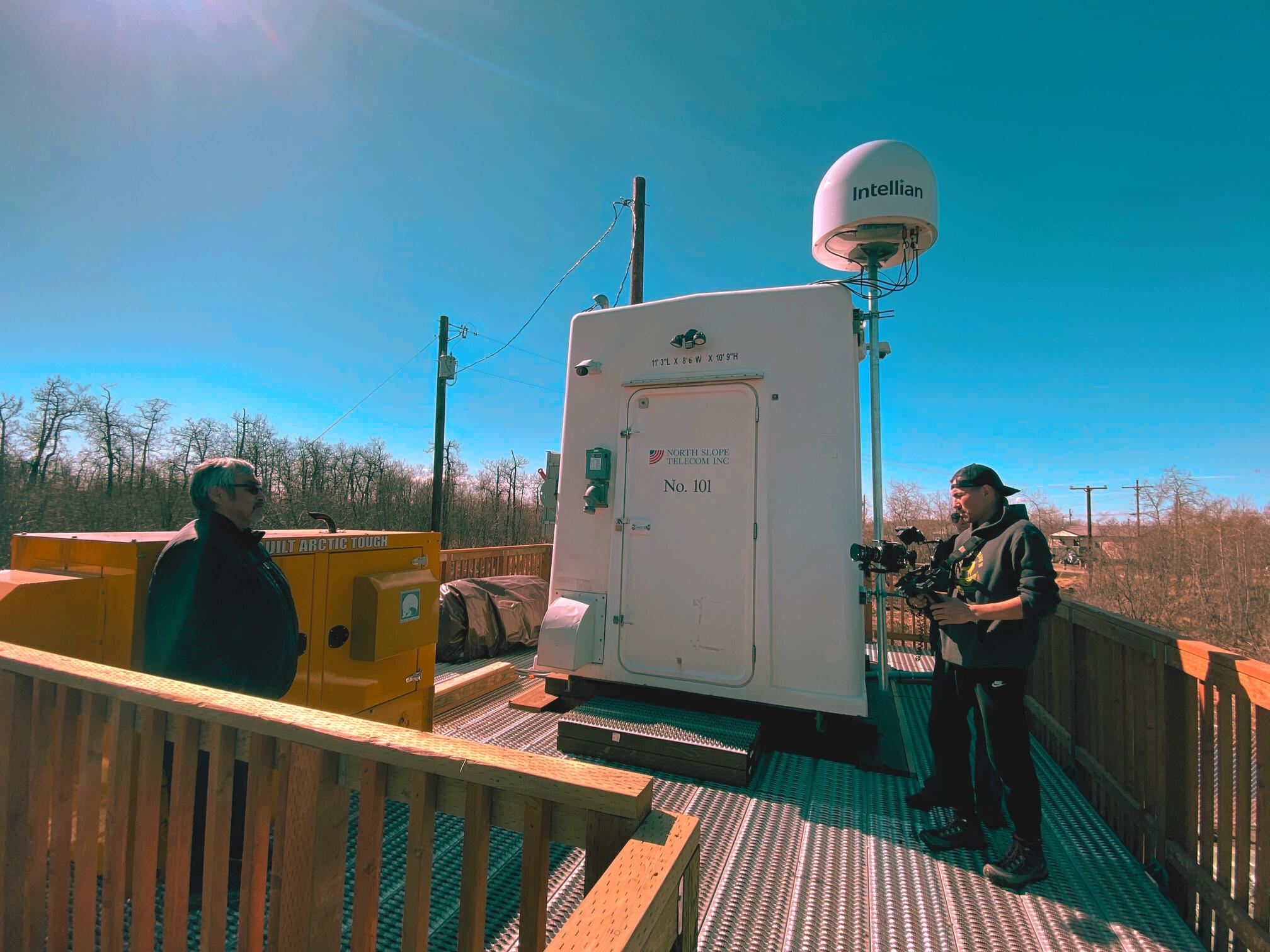
Akiak Broadband is building the first Tribally-owned broadband network in Alaska, and for the first time, high-speed internet is available in the Yukon-Kuskokwim Delta, which has long been the one of the largest areas in the country without broadband access. Communities can build on Akiak’s model of sovereign Tribal control to bring affordable and reliable broadband to all Alaskans.
In order to own a network, Tribes must obtain a spectrum license from the Federal Communications Commission (FCC). Spectrum is like a “river in the sky.” The spectrum is the set of frequencies (airwaves) through which broadband signals travel. In order to prevent overlapping uses, the FCC regulates who can use each portion of the spectrum

In 2020, the FCC opened a ‘Tribal Priority Window’ so that sovereign Nations could own the spectrum over their land Although ownership of the spectrum should have been given as a right for all Tribes, the expansion was a significant positive change. Today, 200-300 Tribes have a spectrum license, and of those, over 100 are in Alaska. These licenses are key to closing the digital divide in Alaska.

While there are no simple solutions for how broadband can be brought to rural communities in an effective and affordable way, funding is now available through the infrastructure bill. For decades, broadband advocates have been pointing out that access to the internet is as essential as any other utility. The pandemic has illuminated that broadband is essential infastructure.
Affordable, accessible, high-speed Internet connection allows communities to access telemedicine, educational opportunities, and employment. Expanding affordable access to broadband in Alaskan homes will:
Expanding access increases utilization of telemedicine, educational programs, remote work, and reduced travel costs.
Expanded access to broadband will support entrepreneurial activity and businesses throughout the state including the arts, manufacturing and home-based professional services
Broadband is a crucial aspect of addressing many of Alaska’s biggest and most complex challenges: internet connectivity may be a balm to the isolation rural Alaskans can experience.
A 1% increase in access to high-speed Internet could result in:

$67.7 million in growth for Alaska’s economy. 1,890 jobs saved or created $49,184,413 in extra income for Alaskans $221,743 in healthcare costs saved $2,536,553 in mileage costs saved 3,276,906 pounds of CO2 emissions cut
Broadband access opens up new jobs, including highlypaid remote work to folks across the state, which will help diversify rural economies and let people stay in their communities.
Broadband Institute creates and curates Creative Commons educational materials to end the Digital Divide by teaching community members to build and own local Broadband Internet infrastructure Their Platform Cooperative offers democratic systemic change for workforce development to counter the Uberization of our economy
Undertake a coordinated statewide strategic planning effort organized collaboratively with industry, tribes, local communities, state and federal governments, and citizen input
Increase state funding for statewide marketing and tourism development, with emphasis on ecological, cultural, outdoor recreation and wildlife viewing tourism. Ensure that tribes and local communities are included in decisions to target markets and destinations, and that communities and tribes have opportunities to participate in and reap benefits from development in their areas.

Fund deferred and ongoing maintenance of outdoor recreation infrastructure including cabins and trails, restrooms, trailhead parking and campgrounds
Improve wayfinding and acknowledge Indigenous place names and stories at existing local, state and federal land and water recreation sites and trails Require the state to consult with and work collaboratively with local and Tribal governments when planning new outdoor recreation infrastructure, multi-jurisdictional trails, or changes in land use, fish and wildlife management and regulations.
Urge Congress and the administration to pass legislation to:
Establish a Civilian Climate Corps (CCC) to create jobs and spur economic growth while restoring outdoor spaces. Support new investments in recreation and green infrastructure to enhance access to public lands and the outdoors.
Urge Congress to pass the bipartisan America’s Outdoor Recreation Act of 2022, the first comprehensive recreation package since 1963 that will improve and expand America’s outdoor recreation economy while delivering sustainable economic boosts to rural communities
Alaska can grow its visitor industry in a responsible way that is not culturally and environmentally extractive. Regenerative tourism opportunities benefit all Alaskans.
Regenerative tourism invests in community-led solutions that benefit the communities, cultures, and ecosystems of Alaska. Regenerative tourism continues to:
Regenerative tourism companies are locally-owned, and employ locals, rather than outsourcing seasonal workers Employing Alaskans in seasonal work keeps tourism’s economic impacts circulating within Alaskan economies.



The Organized Village of Kasaan arranges tours so people can visit the community and walk through the Totem Historic District, visit a traditional Haida longhouse, and watch artisans at work in the Native Carving Shed.
Indigenous Placenames Project installs local Dena'ina place name signs throughout Anchorage as part of a movement to highlight and honor Dena'ina culture.
Sustainable Southeast Partnership protects, enables, and grows strategies that benefit communities, cultures, and ecosystems of Southeast Alaska, guided by Indigenous values that also benefit the tourism economy.
Alaska Dream Cruises is an Alaska Native and family-owned cruise company. It is the only locally owned small ship multi-day cruise operator in Alaska.
Across Alaska, the outdoor recreation sector boosts local economies, creates jobs, and sustains healthy lands, waters and people 81% of Alaskans participate in outdoor recreation each year IMPROVE THE
Fly Fishing & Guide Academy in the Bristol Bay Region trains local youth to be sportfishing guides at lucrative fly-in lodges that otherwise would hire people from out of state.
Indigenous Backcountry Fund increases recreational outdoor opportunities for Indigenous Peoples by providing scholarships to access gear, education, and experience to overcome socioeconomic barriers and social stigmas.
Trail Mix ran a COVID-19 Conservation Corps in Juneau; Sitka Conservation Society ran the Community Conservation Corps; and, Alaska Trails ran a similar program in Anchorage


There are a number of bicycle initiatives based in Anchorage, including the Susitna Bicycle Institute, which teaches bike maintenance classes across rural Alaska, and GRIT, which is a middle school bicycle mentorship program for girls
Challenge Alaska is dedicated to helping Alaskans living with disabilities through adaptive sports and therapeutic recreation
Skiku serves more than 40 communities across Alaska from Anchorage to villages around Bethel, Aniak, Unalakleet, Nome, Kotzebue and Utqiaġvik They work in statewide partnerships with school districts, corporate and community organizations, and volunteer coaches from the broader ski community to foster the health, recreation, and competitive sports benefits of cross-country skiing, biathlon, and summer running
Anchorage Youth Employment in Parks is a 10-week summer program that hires Anchorage teens to complete park improvement projects Teens learn natural resource management job skills by building trails and restoring stream banks while increasing civic engagement, environmental awareness, and leadership skills
The Tlingit & Haida Tribes were just awarded $750,000 from the USDA Southeast Alaska Sustainability Strategy Initiative for the Alaska Youth Stewards project Tlingit & Haida Tribes will work with the Southeast Sustainable Partnership to transition the Alaska Youth Stewards program to their Native Lands and Resources Department This program will support and encourage youth to participate in decision making processes that affect traditional ways of life
Recognize, honor, and integrate Indigenous land management practices and their ability to increase local sovereignty. Continue to advocate for the USDA to shift their priorities from supporting large scale monoculture farming to smallholder polyculture farmers.


Increase funding for Processing and Supply Chain Infrastructure Increase adoption of renewable energy to decrease local production and processing costs
Provide funding for food system education to increase our food production workforce Increase testing infrastructure and staffing to reduce the burden and expense currently put on local producers.
Support innovation and entrepreneurship in the food system to develop solutions. Bring regulatory requirements in-line with needs and abilities of smaller producers. Prioritize the purchase of agricultural land by Alaskans, over outside corporate or foreign interests.
Supporting food production in Alaska is crucial for our security. As climate change accelerates, supply chains and existing food systems will be further disrupted With proper care of the land and seas, Alaska has the potential to provide sustenance for generations to come Indigenous-led, regenerative practices model how we can respectfully cultivate and harvest crops in harmony with our environment into the future
Alaska's 663,268 square miles of land and 66,000 miles of coastline is a vast land base and waterfront with tremendous potential. Alaska has the potential to be the model of a healthy regenerative food system with nutrient-dense soil, prime shorelines for kelp and shellfish industries, and reduced pest and disease pressure than in the lower 48.
Industrial agriculture does not work in Alaska primarily due to two main barriers:
1) The vastness of our state simultaneously presents unique challenges. With large distances between communities and relatively small population densities, accessing the necessary food production resources to produce and distribute food is challenging Limited supply chain infrastructure, limited USDA approved processing facilities, and limited access to required regulatory testing facilities, drive up the cost of local production, which is in turn passed on to local community members.

2) Alaska lacks the economies of scale that make the historically small profit margins of industrial food production profitable. Inputs typically utilized in industrial food production are more expensive due to the distance they must travel to arrive in the state. The low historic volume of industrial products means that there is a low stock of legacy equipment for beginning producers to purchase to enter the industry.
These barriers are why Alaska is primed to demonstrate the resilience and abundance provided by regenerative, organic, small-holder polyculture agriculture.
By becoming a world leader in small scale ecological farming practices guided by generational Alaska Native knowledge, values, and practices, Alaska can:
Decrease imports and outflows of our limited local economic base, create new jobs, and increase induced secondary economic benefits of increased local spending and multiplier effects.
Our northern geographic location positions Alaska to be more resilient to drought, high heat and climate instability that will be impacting our traditional agricultural production centers.
Local food improves our physical health, mental health, and the health of our environment.
Regenerative local food production sequesters carbon (Regenerative Organic Agriculture and Climate Change).


Mariculture amendments reduce cattle methane emissions.
Local food travels shorter distances, producing a smaller carbon footprint in the transportation chain.
Regenerative Agricultural practices restore the environment, helping to support pollinators and fauna
Regenerative Mariculture practices reduce ocean acidity, restore habitat, and create an environmental halo effect in the surrounding waters
Cultivating food in harmony with Alaskan forests represents a
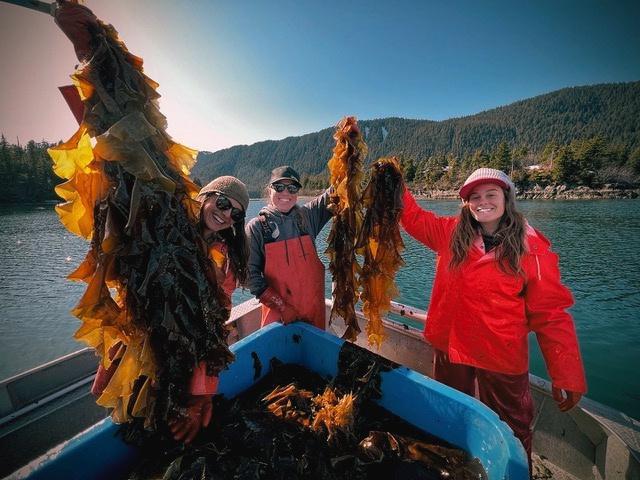
As renewable energy costs drop, so will the costs of food production, making it more effective to produce food locally, rather than ship it in.
Increased year- round local food production helps offset increasingly unstable prices of imported food, impacted by climate change induced supply chain and production disruptions.
95% of all of Alaska’s food is imported, and we have a reserve of 3-5 days of food Local food production is critical to the security of our state.
Local food production secures against climate change induced price shocks due to extreme weather, drought, and international instability.
The workforce of tomorrow includes more remote work, more service and information economy focused work, and a shift toward renewable energy. Investing in a workforce that is ready to meet Alaska’s future civic and economic needs and is a top priority especially considering worker shortages in many sectors. Alaska requires a comprehensive and cohesive workforce development system that supports early-stage skill development, rapid reskilling, transition navigation, and life-long learning opportunities
Alaskan students are under-prepared by existing pre-K through higher education systems that have historically presented Western knowledge as superior to other world views, including Alaska Native ways of knowing Culturally informed curriculum would better meet the needs of Alaska's diverse students Prioritizing local knowledge throughout Alaska's education systems via homegrown teachers, place-based curriculum like teaching about nutrition and subsistence foods, and language immersion programs will improve student achievement.

Workforce training programs, streamlined with expanded remote learning opportunities, can enhance resilience and competitiveness in the global market because they enable students to pursue degrees and certifications without having leave their homes, employ community members as teachers, revitalize Indigenous languages, and share Indigenous knowledge. Alaska’s education and workforce development systems must coordinate to anticipate the changing needs of our communities, the changing nature of work.
Holistic education and workforce development opportunities will:
A robust and effective workforce development system will help ensure the workforce needed to meet opportunities and connect businesses with qualified workers. Reversing the brain drain so that Alaska not only retains our best and brightest students but also attracts talent from the outside unleashes the positive potential of our greatest resource: human capital.

To provide opportunities for Alaskans to gain the skills needed for current and future job opportunities, existing programs should be strengthened and enhanced in the following ways:
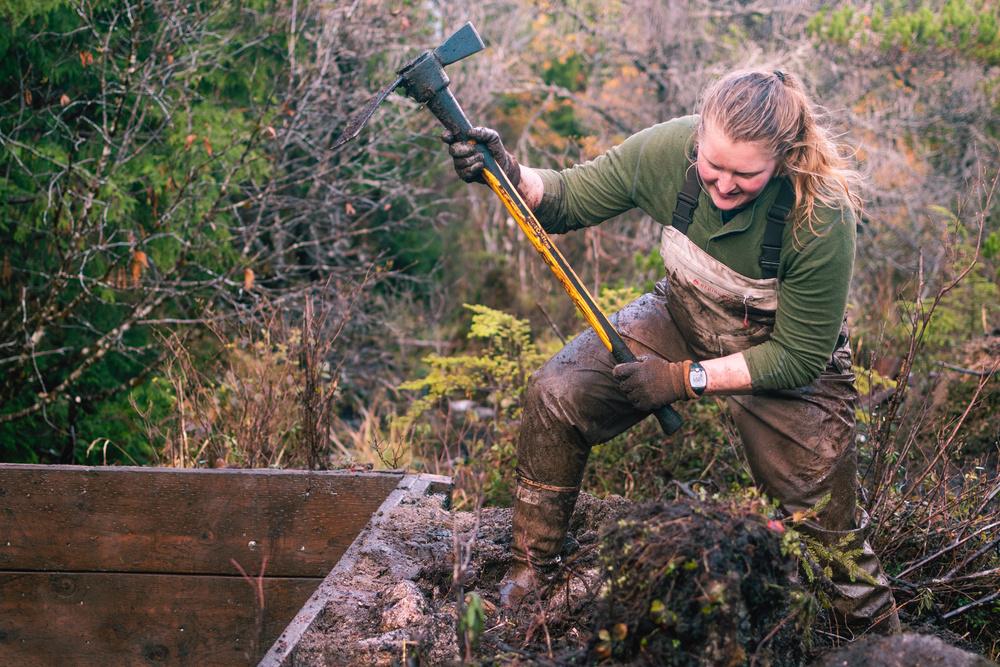
Develop and support a cohesive system of education, training and resource providers Prepare the workforce for tomorrow not yesterday. Workers will change jobs, on average, over 12 times through their careers. Professional educational systems must honor and develop whole humans by recognizing their roles as engaged community members, providers, parents, caregivers, and employees. Support Alaska’s youth through the instability of pandemic, climate change, etc. Alaska has highest rate of youth disconnection in the US, with 18.7% of youth aged 16-24 disengaged from either work or education. Incorporate renewable energy training curriculum into a state-certified apprenticeship program that offers a paid opportunity for individuals entering a workforce to gain skills, knowledge, and mentorship without obtaining an advanced degree. Specifically incorporating renewable energy training curriculum into a stateregistered apprenticeship program can help standardize the level of renewable energy knowledge and skills needed to enter the workforce.

Increase emphasis on renewable energy industry skills: Incentivize industry-led training curriculum for the construction and operation of renewable energy installations. Expand the skills of workers in existing construction and operations fields to include renewable energy technologies. Provide current oil and gas industry workers opportunities to obtain renewable energy skills Fund development of renewable energy training curriculum that can be incorporated into existing training programs Encourage engagement of K-12 and University students in renewable energy technology education that gives them early exposure to career possibilities and create a network of educated individuals who could later contribute to a renewable energy transition. With a focus on clean energy and job creation, the Colorado Energy Office, U.S. Department of Energy, and Tri-State Generation and Transmission funded the Colorado State University Extension to develop a clean energy curriculum for middle and high school students. The curriculum includes hands-on activities and locally relevant examples that can be tailored by teachers for any grade level. Increase small business and early-stage entrepreneurial support.
ka Workforce Investment Board (AWIB). For programs see Alaska’s Renewable Energy Future:

There is a strong case for U.S. federal funding to help jumpstart green hydrogen bunkering at Aleutian ports, as it would leverage favorable geography, significant latent demand, and untapped renewable energy potential. The Bipartisan Infrastructure Law passed in 2021 included $2 25 billion for port infrastructure Supporting liquid hydrogen in the Aleutians is a unique opportunity to decarbonize shipping in the United States
Green hydrogen-based fuels are emerging as alternative fuels that could transform the global shipping industry. Hydrogen can be produced via electrolysis, a process that separates water (H2O) into hydrogen (H2) and oxygen (O). When renewable electricity powers the electrolysis process, the result is “green hydrogen” (compared to “grey” or “blue” hydrogen, which involves the use of fossil fuels or carbon capture to offset the carbon involved in the electrolysis process) Green hydrogen is a zero-carbon fuel
Green hydrogen can be used to create other zero-carbon fuels, including e-methanol and green ammonia E-methanol and green ammonia, however, produce “criteria air pollutants” when burned, such as particle pollution, ground-level ozone, carbon monoxide, sulfur dioxide, nitrogen dioxide, and lead. Comparatively, green hydrogen if used in a fuel cell rather than combustion engine produces neither criteria pollutants nor greenhouse gas emissions. Green hydrogenbased fuels pose benefits and challenges in terms of feedstock, scalability and cost, and pollutants and emissions.


Green hydrogen-based fuels (including e-methanol, green ammonia and pure green hydrogen) are expected to play a vital role in decarbonizing hard-to-abate industries including maritime shipping and aviation
Renewable energy, green hydrogen production, batteries, and fuel cell technologies continue to improve in terms of both efficiency and reduced cost, making adoption at scale feasible and, with proper support, economical
Alaska has bountiful renewable energy potential Much of it is strategically located near international shipping lanes, making Alaska a great candidate to provide green hydrogen-based fuels for trans-pacific shipping As a green hydrogen hub, Alaska could create new, sustainable jobs and improve prosperity from the Aleutians to Southeast Alaska
The Aleutian Islands have abundant renewable energy resources including geothermal and wind for production of green hydrogen. The Aleutian Islands are at the confluence of the Great Circle shipping route between the US West Coast and Asia, and the newly developing Northern Sea Route near Russia’s Arctic coast. This proximity will enable Alaska to supply green hydrogen-based fuels to zero-emission ocean-going vessels (OGVs) serving these routes, as well as opening the possibility for bulk exports of green hydrogen-based fuels to domestic and Asian markets. The International Council on Clean Transportation recently released a report that estimates there could be substantial demand for liquid hydrogen (LH2) at the Aleutian Islands ports in Alaska, including 10,000 tonnes annually from ships that already call on Dutch Harbor.
The introduction of hydrogen-powered ships is likely to happen in stages, and meeting the 10,000 tonnes of latent
demand, about 77% of it from local fishing vessels, might stimulate a market for liquid hydrogen that could later be expanded to ocean-going vessels. Indeed, the study finds that in a future scenario where additional ocean-going vessels divert to Alaska to refuel as part of a mature transpacific hydrogen network, the annual demand at the Aleutian Islands could be up to 260,000 tonnes of liquid hydrogen. That is a market value of more than $1 billion, assuming 2035 liquid hydrogen prices. An even larger potential market of up to $1.6 billion could be captured if Alaska is an early mover and makes proactive investments in liquid hydrogen bunkering infrastructure to lock in customers.
Alaska also has significant renewable energy potential in southcentral Alaska near the Anchorage International Airport World Class Cargo Hub that could support the production of green hydrogen-based fuels for an emerging zero-emission aviation market.

The Alaska Air Group is exploring green hydrogen to meet its goal of net-zero emissions by 2040. In partnership with ZeroAvia, a zero-emission aviation company, the two companies aim to develop a fleet of hydrogen fuel cell electric planes powered by green hydrogen. If the technology is successful, it could serve as a model for future green hydrogen production and use at key airport hubs and beyond. In addition, with infrastructure improvements that could be sited in the Nikiski area, Alaska has the potential to manufacture green hydrogen to serve the international air cargo hub in Anchorage as well as export green hydrogen to Pacific Rim demand centers.
Developing green hydrogen resources along tourism corridors has the potential to bring money into public and municipal utilities that produce hydrogen from excess renewables, bringing even more money into local economies and keeping it there. Local communities and regenerative tourism play a key role in developing the hydrogen economy.

